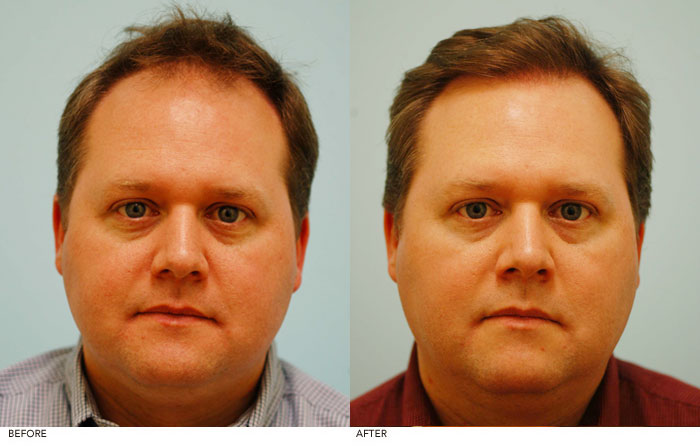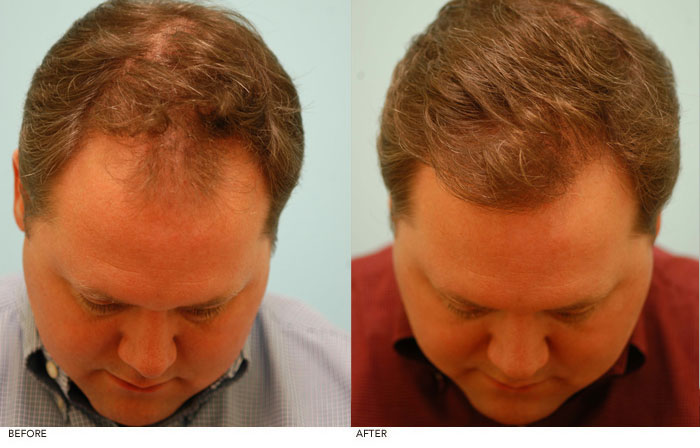Two Objectives of Hair Transplants: Framing the Face and Freedom of Hairstyle
When I perform a consultation with a prospective patient, I try to offer him/her the core objectives that one should consider for why to undergo a hair transplant procedure beyond the obvious, “I want to have hair to cover my bald scalp.” Yes, this is the basic reason to undergo hair restoration. However, I like to focus on two reasons that are more subtle but nevertheless important for having a hair transplant procedure performed: framing the face and freedom of hairstyling, which we will explore more in-depth in this short article.
Framing the face is perhaps one of the most important objectives in a hair transplant procedure. Simply put, a good hairline creates an upper facial frame that makes the face look more attractive and rejuvenated. Just putting hair up to cover a bald spot is insufficient in my opinion. I have found that the timid, novice surgeon may start with too high a hairline that although gives the patient hair does very little to make the face look better and to stop the eye gaze going upward. I call this phenomenon “elevator eyes” when an onlooker must look upward to the area of lost hair then gazes back down towards the eyes. The frame to the face typically begins at the point where the vertical forehead meets the horizontal scalp plane. If the hairline is designed behind this line, there can be an absence of a facial frame. Conversely, if the line is drawn onto the forehead, the result can be unnatural. Remember that a hair transplant is supposed to make you look better and a proper frame to the face is a core concept to why one should endeavor to have a hair transplant procedure performed.

This individual underwent a single session of hair restoration to create a better facial frame and so that he no longer needed to comb his hair forward to cover his area of baldness.
The second concept that I would like to explore is freedom of styling one’s hair. With the loss of a facial frame, many individuals find themselves needing to comb their hair forward to create a frame to the face. However, there is no freedom to brush one’s hands through one’s head or to style up the hair in a more modern ‘do, i.e., spiked upward a bit. Owning a hair salon I am constantly impressed by the magic a senior hairstylist can create in their design work. By creating a proper facial frame to the face, the hairstylist now has the freedom to design a style that would fit one’s face as much as the hairline that I designed would similarly do. To me being able to comb your hair in the way that you like without worrying about exposing a bald area is another objective that I try to attain when performing a hair transplant procedure. Hopefully, these two objectives were helpful in explaining reasons why I so much enjoy performing artistic hair transplant procedures in patients and find the work so very rewarding.

This individual underwent a single session of hair restoration to create a better facial frame and so that he no longer needed to comb his hair forward to cover his area of baldness.




